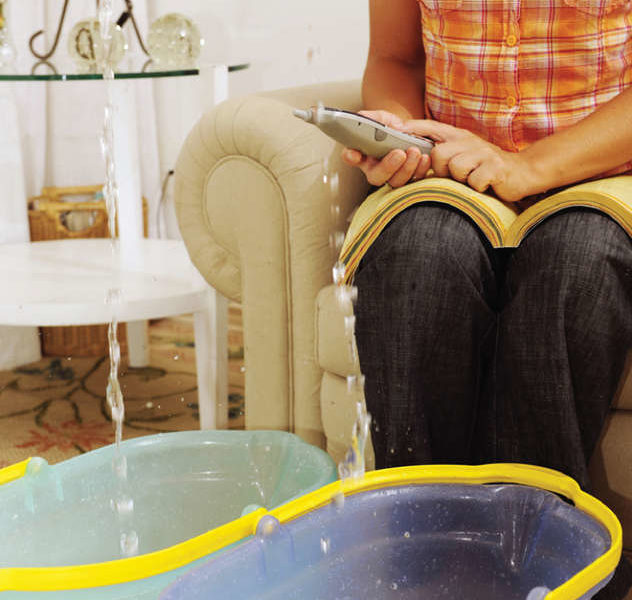7 Things You Should Know About Mould
MOULD IS EVERYWHERE, INDOORS AND OUTDOORS – AND IS GENERALLY ON YOUR HOMEOWNER’S POLICY. DEPENDING ON WHERE IT GROWS, IT CAN HE HELPFUL OR HARMFUL. WHEN MOULD GROWS INSIDE HOMES OR BUILDINGS, IT MAY CAUSE HEALTH PROBLEMS AND REDUCE THE VALUE OF YOUR HOME.
Moulds release chemicals and spores that can cause irritation of the eyes, skin, nose, throat and lungs in some people or trigger asthma attacks in others.
Any building can have mould. However, buildings with a history of roof leaks, leaking pipes, floods, fires and problems with indoor air quality (ex. poor humidity control, lack of fresh air) have the greatest risk for mould growth.
If your home has had water problem, check for signs of damage including stained surfaces, damaged drywall or musty odours. Even though the water problem may have been fixed, the effects of mould could remain. The general rule is if you can see mould or smell mould, you have to remove it.
For advice on cleaning up mould problems visit the Canada Mortgage and Housing Corporation (CMHC) website: http://www.cmhc.ca/en/co/maho/yohoyohe/momo.index.cfm.
BASIC STEPS TO CONTROL MOULD GROWTH
1. The best way to control indoor mould growth is to control moisture. There is no way to eliminate all mould or spores indoors.
2. Check your home fro signs of moisture and moulds. If mould is a problem, eliminate the source of moisture.
3. Reduce indoor humidity (to 30-60%) to decrease mould growth. Vent bathrooms, dryers to the outside; use air conditioners and de-humidifiers; increase ventilation; and use exhaust fans when cooking, dishwashing and cleaning.
4. Prevent condensation by adding insulation to pipes, window, floors and walls.
5. Clean mould off hard surfaces in bathrooms, showers, laundry areas and kitchens with water and detergent and dry completely.
6. Reduce the amount of stored materials in your home, especially items that are no longer used. Moulds from on fabrics, paper, wood and practically anything that collects dust and holds moisture.
7. Do not install carpeting near drinking fountains, sinks or on concrete floors with leaks or frequent condensation.
